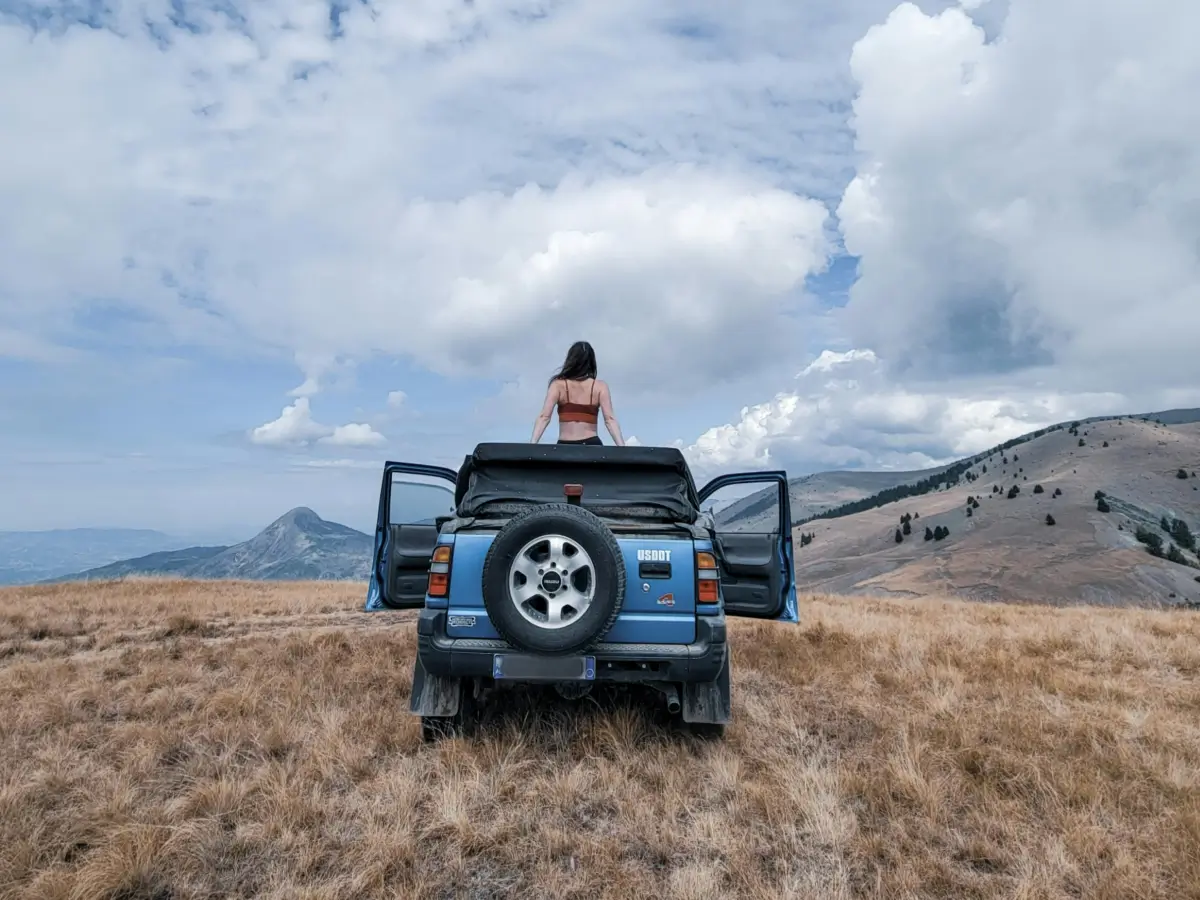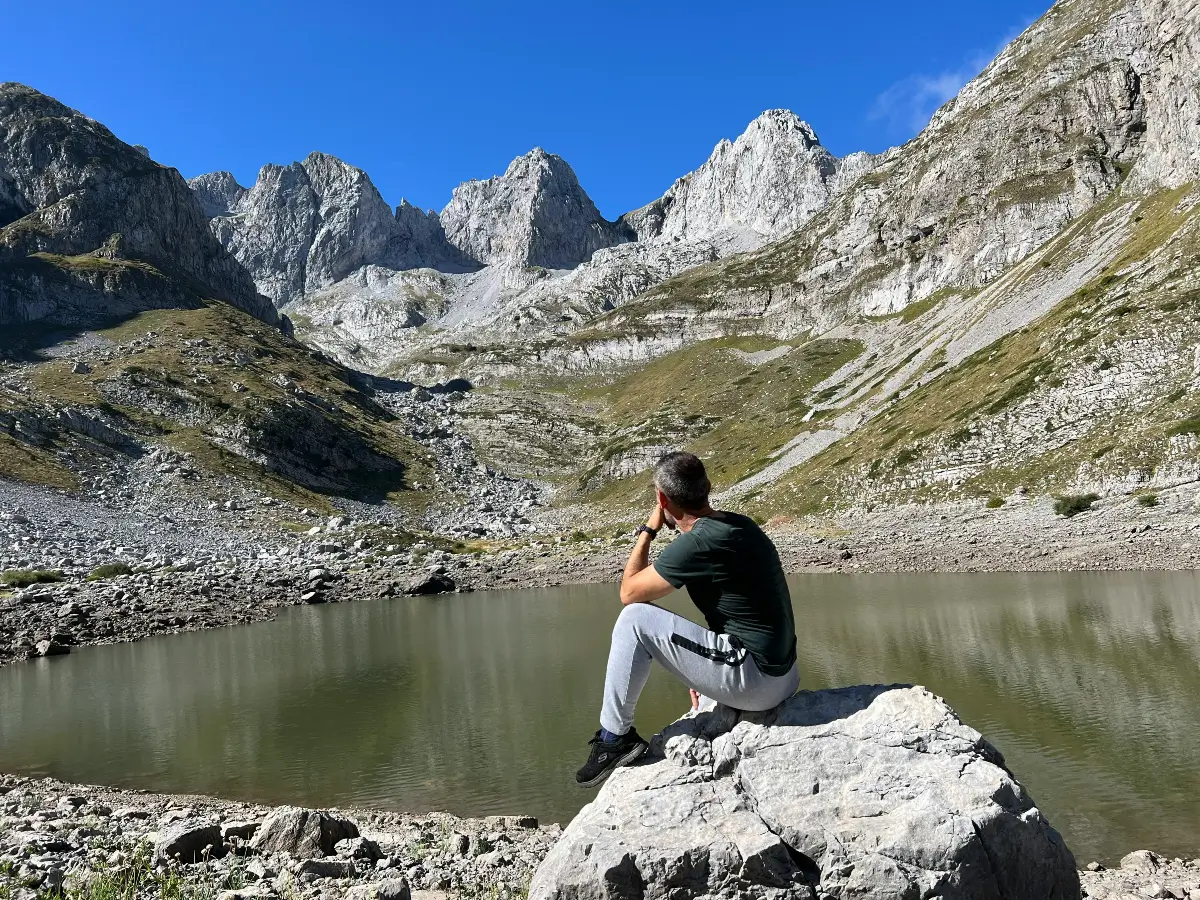Albania is one of Europe’s most naturally diverse countries — a place where rugged mountains meet untouched coastlines, and wild rivers carve through dense forests and alpine meadows. Despite its small size, Albania is home to an incredible range of ecosystems, many of which are protected under national park status.
These parks not only preserve rare species and ancient forests, but also hold deep cultural and environmental value for local communities and the country as a whole. As global attention shifts toward conservation and sustainability, Albania’s protected natural areas stand out as treasures worth exploring — and preserving.

A growing network of protected areas
Albania has established a national network of protected areas to safeguard its landscapes and biodiversity. These include national parks, nature reserves, marine protected zones, and managed natural monuments. Each category offers a different level of protection, depending on the area’s ecological sensitivity, scientific value, and human activity.
Over the years, Albania has expanded these zones significantly. Many regions once overlooked are now being recognized for their environmental importance — from mountain corridors that support large mammals to wetlands that shelter migratory birds.
Albania’s most iconic national parks
Several parks across the country have become key examples of Albania’s environmental richness and ecological uniqueness:
-
Theth National Park – Located in the Albanian Alps, this park is known for dramatic mountains, deep valleys, traditional stone homes, and waterfalls. It’s also a stronghold for lynx, bears, and eagles.
-
Valbona Valley National Park – A stunning glacial valley surrounded by high peaks, this park is part of the transnational “Balkan Peaks” hiking route and supports rare alpine biodiversity.
-
Llogara National Park – Positioned between the mountains and the sea, it’s famous for its cool pine forests, panoramic views, and presence of wild goats, deer, and diverse birdlife.
-
Divjakë-Karavasta National Park – Home to Albania’s largest lagoon, this park shelters hundreds of bird species, including the endangered Dalmatian pelican.
-
Prespa National Park – Shared with neighboring countries, it contains one of Europe’s oldest lakes and supports rich aquatic ecosystems alongside traditional village life.
-
Shebenik-Jabllanicë National Park – A lesser-known but vital refuge for the endangered Balkan lynx, it also contains ancient beech forests and glacial lakes.
-
Vjosa River (future national park) – The Vjosa, one of Europe’s last wild rivers, is in the process of becoming a protected national park, highlighting Albania’s leadership in river conservation.
These parks are not only beautiful — they are vital to the survival of rare plant and animal species, many of which are found nowhere else in Europe.
Why biodiversity in Albania is unique
Albania sits at the crossroads of Mediterranean and continental climates, which allows for an extraordinary level of biodiversity. Its varied geography — from high mountain ranges to lowland wetlands and coastal lagoons — supports everything from wolves and lynx to flamingos, wild orchids, and endemic fish.
Much of this biodiversity survived precisely because Albania remained isolated for decades. Without mass tourism or industrial-scale agriculture, many natural habitats remained intact. Today, this untouched character is becoming one of the country’s most valuable assets — both ecologically and economically.

Balancing tourism and conservation
As interest in Albania grows, particularly among eco-tourists and adventure travelers, national parks are gaining visibility. However, with that visibility comes pressure. Unregulated development, pollution, and over-tourism pose risks to the fragile ecosystems that give these places their value.
Sustainable tourism, responsible planning, and stronger enforcement of environmental laws are critical to keeping these areas wild. Many communities near the parks are beginning to develop nature-based economies — offering guided hikes, local food, and guesthouse stays that benefit both people and nature.
A future shaped by protection and pride
Albania’s natural heritage is more than scenic beauty — it is a living system that shapes culture, livelihoods, and national identity. From the forests of the north to the wetlands of the west, the country’s protected areas represent a long-term commitment to nature.
These parks are not just spaces for tourists — they are sanctuaries for species, climate buffers for the future, and places where Albanians themselves reconnect with their land. Protecting them is not only an environmental responsibility, but a cultural one.